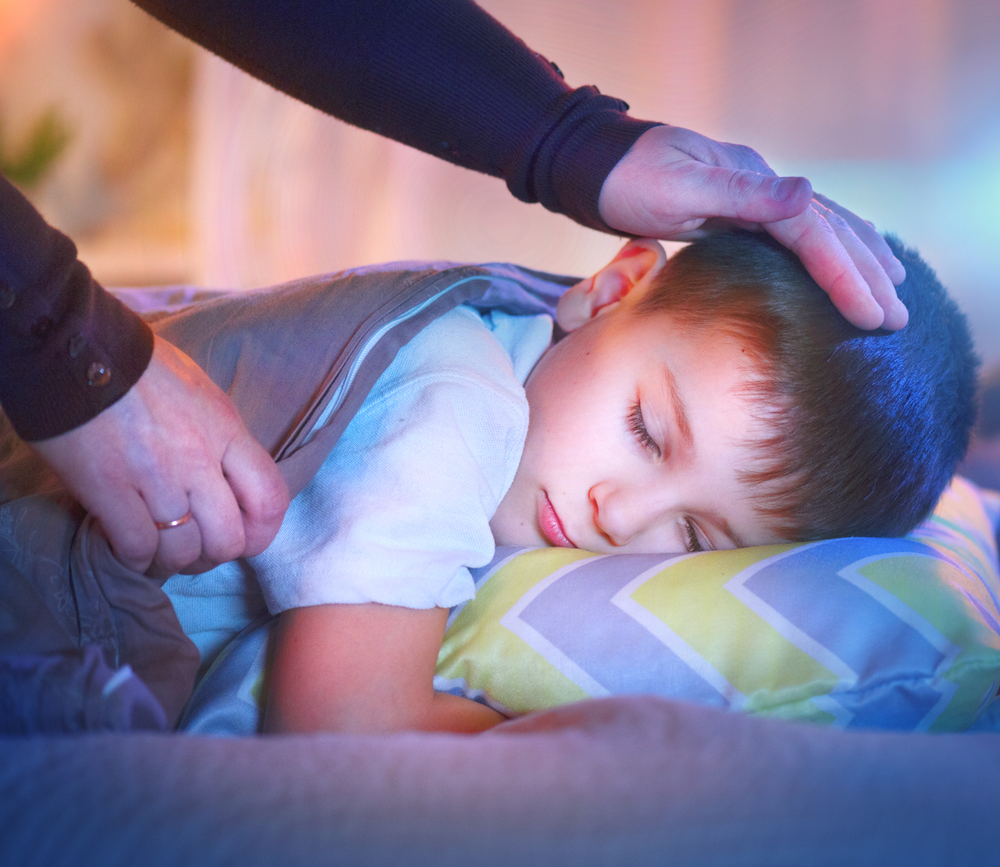
Bedtimes (and bedrooms) become far more independent as your child ages. You might notice your child choosing to go to sleep on their own, and maybe you miss those bedtime stories cozied up beside them as they drifted off to sleep. While your child can (and should) be able to transition from the activity of the day to bedtime on their own, this is still a time that needs your involvement to make sure the transition is a healthy one.
Children's bedrooms at this stage are often multipurpose, even if there are other spaces for play or activity in the house. You might think about a Second Plane child's bedroom as their library, the place where they do their deepest thinking about things that are unique to them. Make sure you have ample books and resources available for their curiosity. As children at this age are generally reading independently, they can choose the books that are of interest to them, with fewer restrictions on fantasy that you might have provided when they were younger. There should be space for soft spaces, for reading and crafting. Their beds should be comfortable, but still not play spaces. Avoid the kinds of themed furniture that turn your child's bed into a racecar or treehouse. Instead, let your child choose from calm bedding choices, emphasizing that this is a space that should be conducive to sleep. Opt for bright light at their desk or crafting spaces, and softer lights near to their bed.
Think, too, about the time your child needs to wind down, and build that into their extended bedtime routines, even if they are tending to them largely independently. With your child's input, you might develop a schedule predicting bedtime, that includes a list of things they know they need to attend to before they sleep (brush teeth, put away laundry, put out clothes for the next morning, prepare a backpack or lunchbox for school the next day) and helps them to anticipate the amount of time each will require. Protect secure tech-free time and space around the bedroom. If your child has access to screens, keep them out of this space as soon as the bedtime routine begins. Children's brains (as ours do as well!) need time to decompress after the high-stimulation of our computer and other digital screens. Shut down the technology early, at least forty minutes before bedtime, to help that process along. If your child struggles with time management at bedtime, offer a simple, analog clock, and mark with small stickers or other easily maintained markers the times at which you've agreed teeth will be brushed, laundry will be done, and so on. As you prepare for the morning routine, this is a fine time to introduce or reinforce your child's own alarm clock, and to help them to get into the routine of getting as much prepared for the next day the night before.
Finally, don't forget that, while your child may look bigger and less cuddly during the day, they still need your affection and attention. Bedtime is a great time to sit with your child and talk through the time of the day. The quieter pace of bedtime supports longer pauses as you talk, giving you and your child the chance to listen more carefully to each other and think more about how you want to respond. While you might not be toting four or five picture books to bed, it's still a fine time to read aloud to your child, choosing a chapter book to share or one of the classics from your youth. Use this as a time to slow down together and connect, free from your phones, screens and agendas, to check in about the course of the day and predict what you might look forward to tomorrow, before your little big kid drifts off to sleep.
#SecondPlane #Bedroom #Elementary #MontessoriAtHome #ForParents #Bedtime
